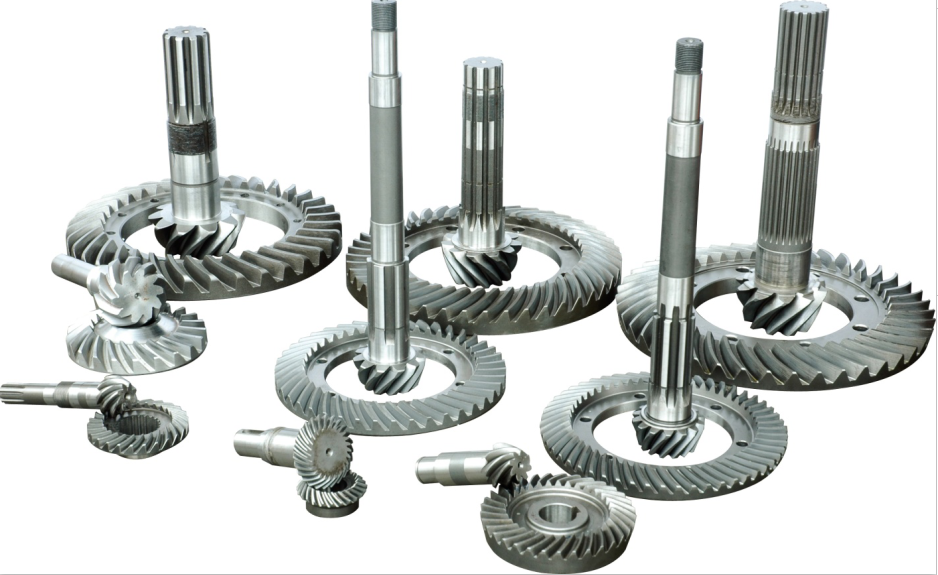Gear ratios and efficiency are important factors to consider in worm gear systems, as they directly impact the performance and effectiveness of the system. Let’s delve into an in-depth analysis of gear ratios and efficiency in worm gear systems:

Gear Ratios in Worm Gear Systems:
The gear ratio in a worm gear system is determined by the number of teeth on the worm wheel (also known as the gear) and the number of starts on the worm. The gear ratio represents the relationship between the speed of the input (worm) and the speed of the output (worm wheel). In a worm gear system, the gear ratio is calculated as the number of teeth on the worm wheel divided by the number of starts on the worm.
The gear ratio in worm gear systems can be very high, often exceeding 20:1 or even 100:1 in a single stage. This high gear reduction ratio is one of the key advantages of worm gear systems, allowing for significant speed reduction and increased torque at the output. It is important to note that as the gear ratio increases, the speed reduction becomes greater, but the efficiency of the system may be affected.
Efficiency in Worm Gear Systems:
The efficiency of a worm gear system refers to the ability of the system to transmit power with minimal losses. It is typically represented as a percentage and indicates the ratio of output power to input power. The efficiency of a worm gear system depends on several factors:
- Lead Angle and Helix Angle: The lead angle (angle between the axial direction and the worm helix) and the helix angle (angle between the worm helix and the worm wheel) significantly influence the efficiency of the system. Smaller lead angles and helix angles generally result in higher efficiency. However, smaller angles may also reduce the gear ratio and increase the axial load on the gear system.
- Friction and Sliding: Worm gear systems involve sliding contact between the worm and worm wheel, which can lead to higher friction and lower efficiency compared to other gear types. The coefficient of friction between the mating surfaces, as well as the lubrication and surface finish, affect the overall efficiency of the system. Proper lubrication and surface treatments can help minimize friction losses and improve efficiency.
- Material Selection: The choice of materials for the worm and worm wheel is crucial for achieving optimal efficiency. Materials with good wear resistance, low friction coefficients, and high strength are preferred to minimize energy losses due to friction and wear.
- Gear Design and Manufacturing Quality: Proper gear design, including tooth profile optimization and accurate manufacturing processes, is essential for maximizing the efficiency of worm gear systems. Well-designed gears with precise tooth profiles ensure smooth engagement and minimize energy losses.
It’s important to note that worm gear systems typically have lower efficiency compared to other gear types, such as spur gears or helical gears. The sliding contact between the worm and worm wheel results in more energy losses due to friction. Therefore, it is essential to carefully analyze the application requirements and consider the trade-off between gear ratio, efficiency, and other performance factors when selecting a gear system.
To improve the efficiency of worm gear systems, engineers can employ various strategies, such as using high-quality materials, optimizing gear geometry, selecting appropriate lubrication, and ensuring proper maintenance. Additionally, multi-stage worm gear arrangements can be utilized to achieve higher gear ratios while maintaining acceptable efficiency levels.
Gear ratios and efficiency are critical considerations in worm gear systems. The high gear reduction ratios offered by worm gears allow for significant speed reduction and increased torque, while the efficiency of the system depends on factors such as lead angle, friction, material selection, and gear design. Careful analysis and optimization of these factors can help achieve efficient and effective worm gear systems tailored to specific application requirements.
